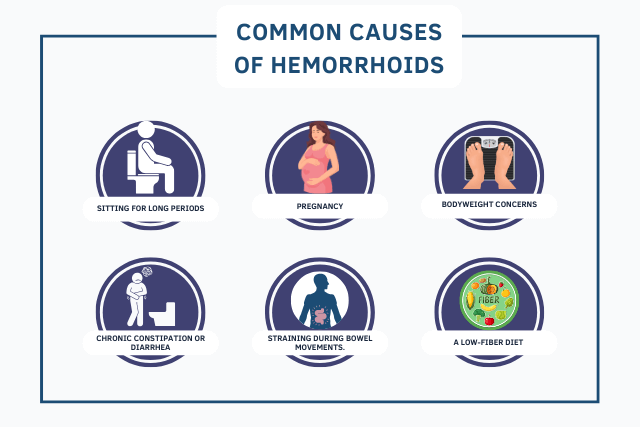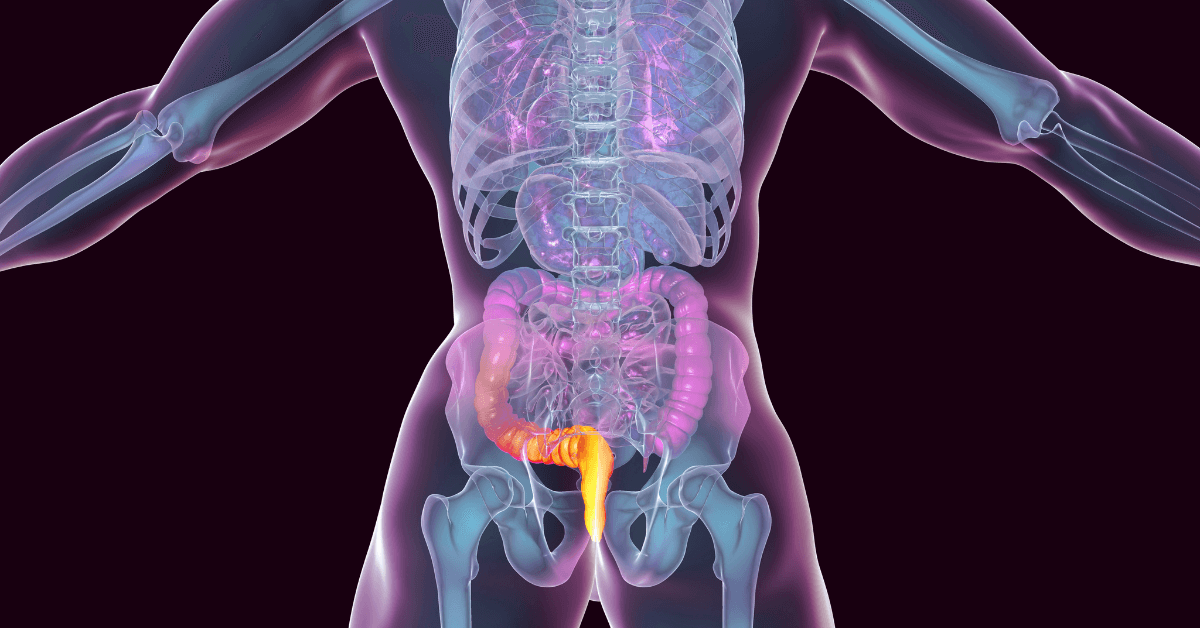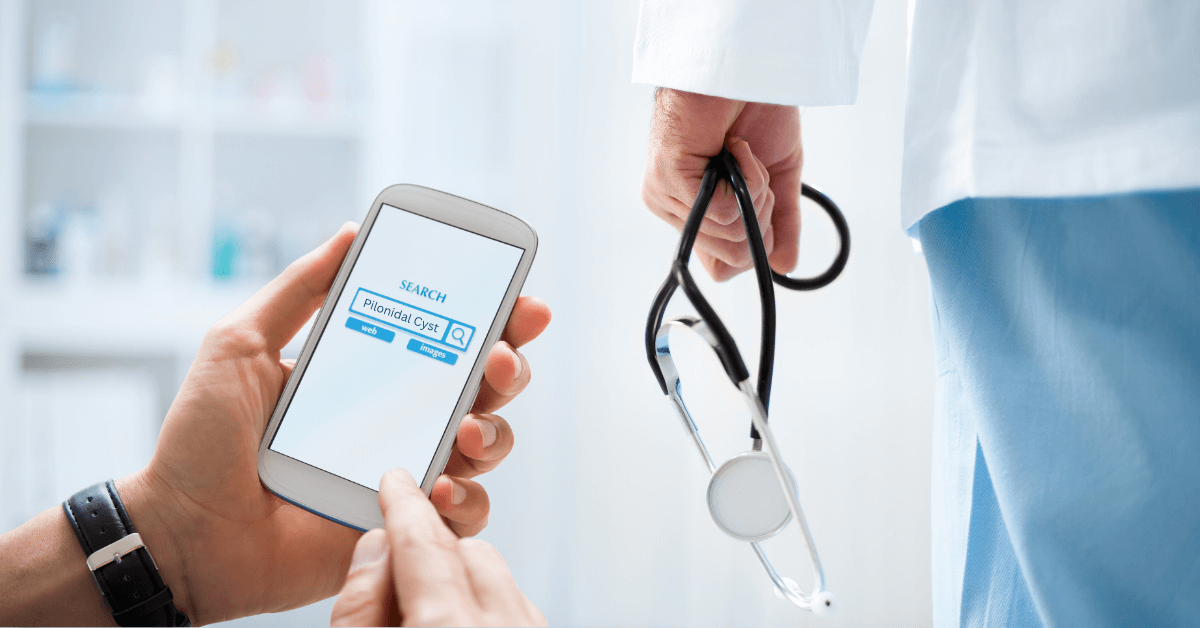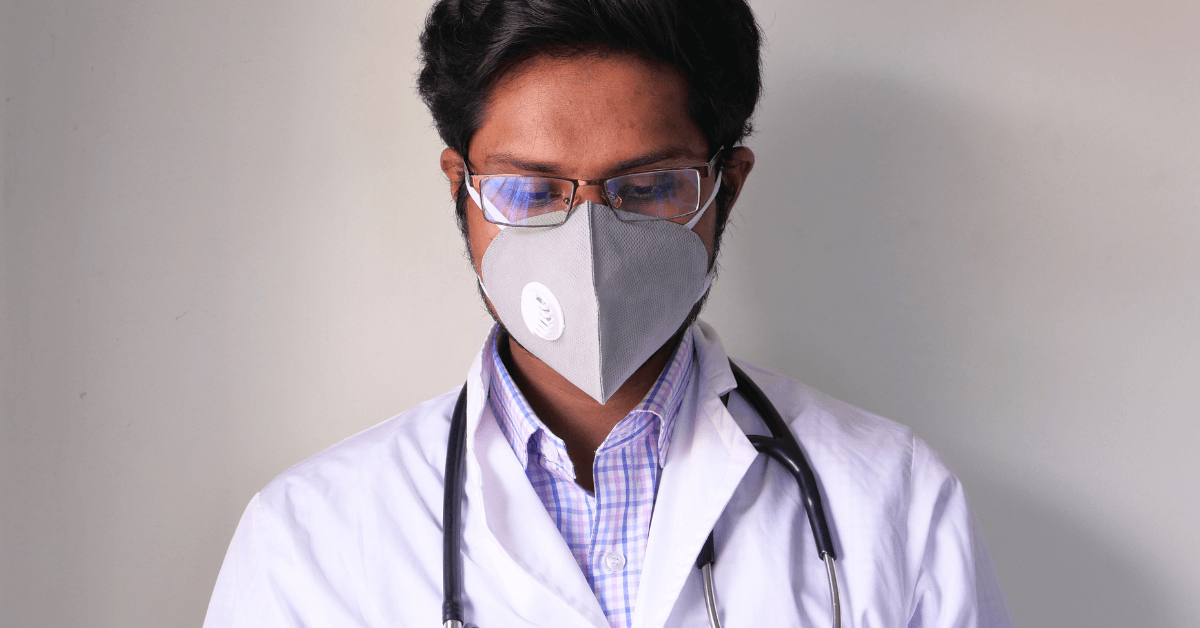External hemorrhoids in females are a common but often misunderstood condition. Despite how prevalent they are, many women don’t know much about them or how to manage them effectively. This blog will break down everything you need to know about external hemorrhoids in females, including their causes, symptoms, and treatment options. By the end, you’ll have a clearer understanding of how to prevent and manage this condition.
What Are External Hemorrhoids?
External hemorrhoids in females refer to swollen blood vessels that develop around the anus or lower rectum. These swollen veins can become painful and inflamed, especially when irritated or strained. Although they are not usually a life-threatening condition, they can cause significant discomfort and interfere with daily activities.
Unlike internal hemorrhoids, which develop inside the rectum, external hemorrhoids are located under the skin around the anus. These hemorrhoids can become noticeable and uncomfortable, especially during bowel movements or prolonged sitting.
Common Causes of External Hemorrhoids in Females
There are several causes that may lead to the development of external hemorrhoids in females. It’s important to understand these factors to help prevent the condition and address any symptoms early on. Some of the most common causes include:
- Pregnancy: Pregnancy is one of the most common reasons women develop external hemorrhoids. As the uterus grows, it places pressure on the veins in the pelvic region, which can cause swelling in the rectal area. Additionally, hormonal changes during pregnancy can weaken the veins, making them more susceptible to swelling.
- Chronic Constipation: Straining during bowel movements due to constipation is another common cause of external hemorrhoids in females. The pressure from straining can cause the veins around the anus to become swollen, leading to the development of hemorrhoids.
- Obesity: Being of higher weight can increase the risk of developing external hemorrhoids. Excess weight puts additional pressure on the pelvic area, contributing to the swelling of the veins around the anus.
- Prolonged Sitting or Standing: Spending long periods of time sitting or standing can also contribute to the formation of external hemorrhoids. This is especially true for individuals who have sedentary jobs or lifestyles that require extended sitting, which can slow circulation in the lower body.
- Lack of Physical Activity: Inadequate exercise can lead to poor circulation and increased pressure on the veins in the rectal area. Regular physical activity helps improve blood flow, reducing the risk of hemorrhoids.
Symptoms of External Hemorrhoids in Females
The symptoms of external hemorrhoids in females can vary depending on the severity of the condition. Common signs include:
- Pain or Discomfort:
Pain around the anus, especially when sitting or during bowel movements, is one of the most noticeable symptoms of external hemorrhoids. The pain can range from mild to severe and may worsen with prolonged sitting. - Itching or Irritation:
External hemorrhoids can cause itching and irritation in the anal area. This can lead to discomfort, especially if the area becomes inflamed or irritated from scratching. - Swelling:
The area around the anus may appear swollen, and in some cases, you may be able to feel a lump or bulge near the anus. This swelling is usually soft to the touch, but it can become painful if the hemorrhoid is thrombosed (filled with blood clots). - Bleeding:
In some cases, external hemorrhoids in females may cause bleeding. This typically occurs during bowel movements when the swollen veins are irritated by the passage of stool. The blood is usually bright red and appears on the toilet paper or in the toilet bowl. - Protruding Lump:
A thrombosed hemorrhoid may create a visible lump around the anus. This lump may be painful and tender to the touch.
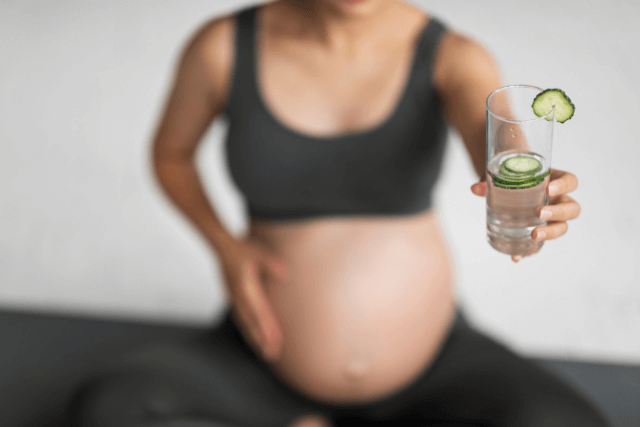
How to Prevent External Hemorrhoids in Females
Prevention is key when it comes to external hemorrhoids in females. While some risk factors, such as pregnancy, are unavoidable, there are steps you can take to reduce your risk of developing external hemorrhoids:
- Maintain a Healthy Diet:
A high-fiber diet can prevent constipation and reduce the risk of straining during bowel movements. Foods rich in fiber, such as fruits, vegetables, whole grains, and legumes, can help keep stools soft and easy to pass. - Stay Hydrated:
Drinking plenty of water throughout the day helps prevent dehydration, which can contribute to constipation. Adequate hydration makes it easier for the body to eliminate waste and reduces the need for straining. - Exercise Regularly:
Physical activity promotes healthy circulation and helps prevent constipation. Aim for at least 30 minutes of moderate exercise a day to improve blood flow and reduce pressure on the veins. - Avoid Prolonged Sitting or Standing:
If you have a sedentary job or lifestyle, take breaks to stand up, walk around, and stretch. Sitting for long periods can contribute to hemorrhoid development, so try to change positions regularly to promote circulation. - Don’t Ignore the Urge to Go:
Resisting the urge to have a bowel movement can lead to constipation and straining. It’s essential to go to the bathroom as soon as you feel the need to avoid putting unnecessary pressure on your rectal area.
Treatment Options for External Hemorrhoids in Females
If you’re dealing with external hemorrhoids, there are various treatment options available. In many cases, hemorrhoids can be managed with home remedies and lifestyle changes. However, if symptoms persist or worsen, it may be necessary to consult a healthcare provider for more advanced treatment.
1. Over-the-Counter Treatments
Several over-the-counter (OTC) products can help alleviate the discomfort associated with external hemorrhoids. These include:
- Topical Creams and Ointments:
Creams containing hydrocortisone or witch hazel can help reduce inflammation, itching, and pain around the anus. These products are available without a prescription and can provide temporary relief. - Suppositories:
Suppositories containing hydrocortisone or other soothing ingredients can be inserted into the rectum to reduce swelling and irritation. - Pads or Wipes:
Pre-moistened wipes containing witch hazel or aloe vera can be used to clean the anal area gently without causing further irritation.
2. Warm Sitz Baths
Soaking the affected area in warm water can help relieve pain and reduce inflammation. Sitz baths are available at most pharmacies and can be used multiple times a day to soothe discomfort.
3. Pain Relief Medications
If external hemorrhoids are causing significant pain, over-the-counter pain relievers like ibuprofen or acetaminophen can help manage the discomfort. Always follow the recommended dosage instructions and consult a healthcare provider if you have any concerns.
4. Medical Procedures
In some cases, when hemorrhoids do not respond to conservative treatments, a healthcare provider may recommend medical procedures to remove or shrink the hemorrhoids. These may include:
- Rubber Band Ligation:
A rubber band is placed around the base of the hemorrhoid to cut off its blood supply. This causes the hemorrhoid to shrink and fall off over time. - Sclerotherapy:
A chemical solution is injected into the hemorrhoid to shrink it and reduce swelling. - Surgical Removal:
In severe cases, surgical removal of the hemorrhoid may be necessary. This procedure is usually reserved for large or thrombosed hemorrhoids that do not respond to other treatments.
5. LHP® Laser Hemorrhoidoplasty: Advanced Treatment for Hemorrhoids at IBI Laser Therapy
At IBI Laser Therapy, we offer LHP® Laser Hemorrhoidoplasty, an advanced, minimally invasive treatment for hemorrhoids. This cutting-edge procedure uses laser technology to effectively treat hemorrhoids, offering quicker recovery times and minimal discomfort compared to traditional methods. Schedule an appointment with us today to explore how LHP® Laser Hemorrhoidoplasty can provide lasting relief from hemorrhoid symptoms.
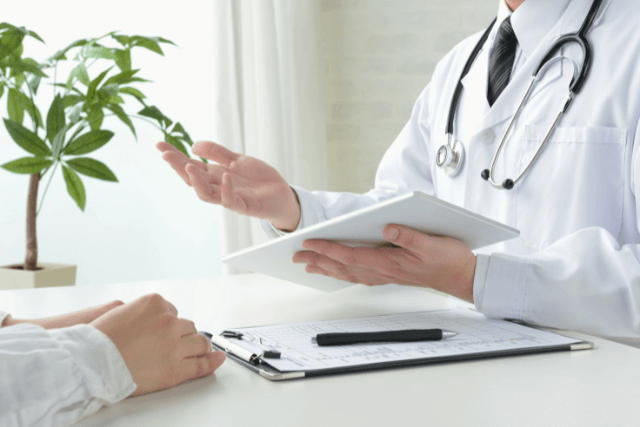
When to See a Doctor
Although external hemorrhoids are generally not a serious health condition, there are times when you should seek medical attention:
- If bleeding is frequent or sever
- If hemorrhoids do not improve with at-home treatments
- If you experience severe pain or discomfort that interferes with daily activities
- If you notice a lump that does not go away or becomes increasingly painful
Conclusion
External hemorrhoids in females are a common condition that can cause significant discomfort. Understanding the causes, symptoms, and treatment options for external hemorrhoids can help you manage the condition effectively. By maintaining a healthy diet, staying hydrated, exercising regularly, and using appropriate treatments, you can reduce your risk of developing hemorrhoids or manage symptoms more easily. If symptoms persist or worsen, don’t hesitate to seek medical advice to explore additional treatment options.
By taking proactive steps, women can find relief from external hemorrhoids and improve their quality of life.
Key Takeaways:
- External hemorrhoids in females are swollen veins around the anus that can cause pain, itching, and swelling.
- Pregnancy, chronic constipation, obesity, and sedentary lifestyles are common risk factors.
- A high-fiber diet, regular exercise, and proper hydration are key to prevention.
- Over-the-counter treatments, sitz baths, and medical procedures can help manage symptoms.

